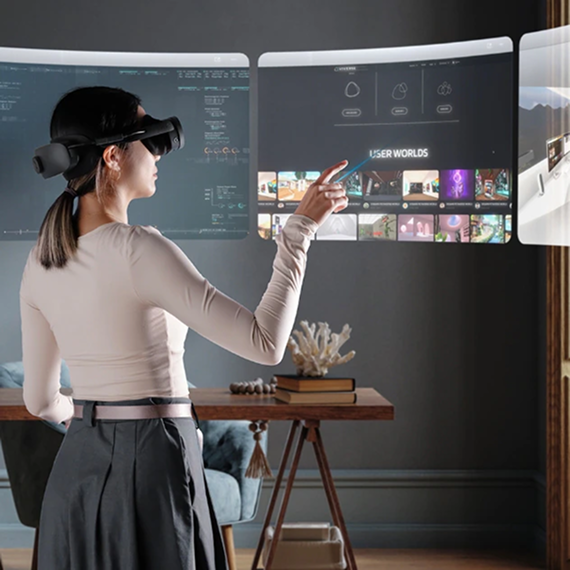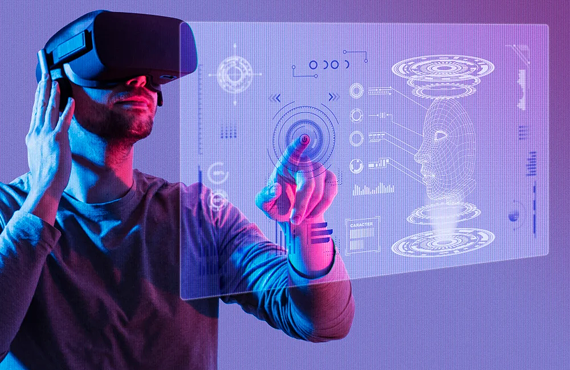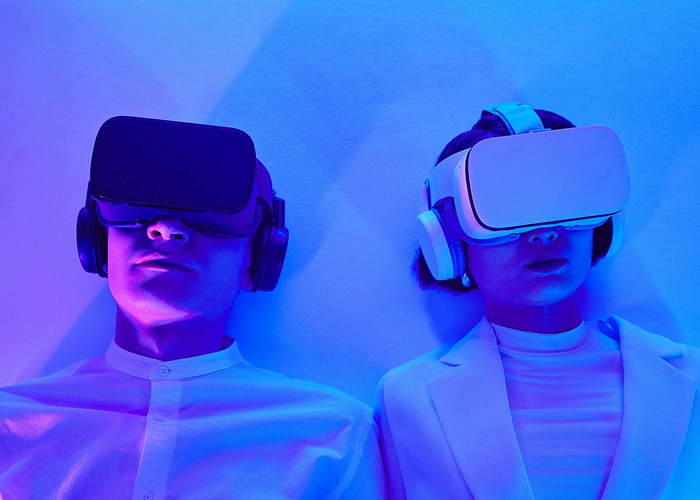In the digital age, how we consume content is rapidly transforming. One of the most groundbreaking shifts is the immersive video experience, a dynamic fusion of sight, sound, and interaction that pulls viewers into the story like never before. From marketing to education, and from entertainment to e-commerce, immersive video is redefining engagement across industries. This blog explores the evolution of immersive video, current trends, and bold predictions for the future.
The Evolution of Immersive Video Content
The concept of immersive video content has evolved significantly over the past decade. Initially associated with basic 360-degree video, it has matured into complex narratives powered by virtual reality (VR), augmented reality (AR), and interactive content.
Immersive video content creates a multi-sensory experience by integrating spatial sound, 3D visuals, and real-time interactivity. As technology advanced, immersive storytelling became more accessible. Smartphones, headsets, and AR-enabled browsers now allow users to engage deeply with content—be it walking through an ancient ruin via VR or trying on virtual clothes using AR.
The evolution of immersive video also intersects with gaming, live streaming, and social media platforms, where users crave experiences rather than passive consumption. This shift has led brands and creators to rethink content creation strategies.

The Power of Virtual Reality Experiences
- Marketing in virtual reality enables storytelling beyond traditional formats. For instance, automotive brands now let customers test drive cars in VR showrooms.
- Virtual reality marketing examples include IKEA’s VR kitchen experience, TOMS’ virtual giving trip, and Marriott Hotels’ VR travel experiences—each offering emotional, interactive brand narratives.
- In the realm of virtual reality advertising, consumers become part of the story, which significantly increases retention and conversion rates.
Moreover, virtual reality in digital marketing isn’t just about entertainment—it’s data-rich. Marketers can track user engagement, dwell time, and interaction patterns to refine future campaigns.

Augmented Reality: Enhancing the Real World with Immersive Video
- From ar applications in retail (like virtual try-ons) to navigation overlays in smart cities, AR is becoming part of daily life.
- AR marketing allows users to interact with branded content by pointing their devices at real-world objects. Think of Pepsi’s AR bus shelter or Pokémon GO’s brand integrations.
- In augmented reality digital marketing, the ability to overlay data onto the physical world offers both novelty and utility. For instance, Sephora’s Virtual Artist app lets users try on makeup virtually.
- Augmented reality ecommerce examples show how consumers can place virtual furniture in their homes before buying, reducing returns and boosting confidence.

The Future of Immersive Video: Emerging Trends
The future of immersive video trends promises even deeper levels of engagement, thanks to rapid advancements in technology and creativity.
1. VR Advancements
Next-gen VR headsets with improved resolution, lower latency, and wireless capabilities are making immersive experiences more lifelike. Eye-tracking and haptic feedback are poised to elevate interactivity to new heights.
2. AR Innovations
Wearable AR glasses (like Apple Vision Pro and Meta’s Ray-Bans) will make AR more hands-free and integrated into daily life. These AR innovations will allow content creators to design persistent, location-based immersive stories.
3. Interactive Storytelling
Immersive video is no longer a one-way narrative. Interactive storytelling allows viewers to make choices that influence the storyline, increasing emotional engagement. This is particularly valuable in education, training, and branded entertainment.
4. Immersive Video in Education & Training
From medical simulations to employee onboarding, immersive video is being adopted in learning environments to improve retention and engagement. Gamified learning in VR or AR is proving to be more effective than traditional methods.
5. Immersive Video Marketing Trends
Brands will increasingly use immersive video in omnichannel strategies—combining in-store AR with online VR for consistent brand experiences. Integration with AI will also personalize immersive content in real-time, based on viewer behavior and preferences.
As technology continues to advance, we’ll see even more seamless blending of the virtual and physical worlds—creating immersive experiences that are not only engaging but indispensable.
Conclusion: A New Era of Engagement
The rise of the immersive video experience is reshaping the future of digital content. From immersive advertising to AR-enhanced learning, and from virtual reality marketing to interactive video narratives, this trend is set to dominate the way we connect with audiences.
Whether you’re a content creator, brand strategist, educator, or tech enthusiast, understanding these trends gives you a competitive edge. Investing in immersive video now means staying ahead in an increasingly experience-driven digital world.





